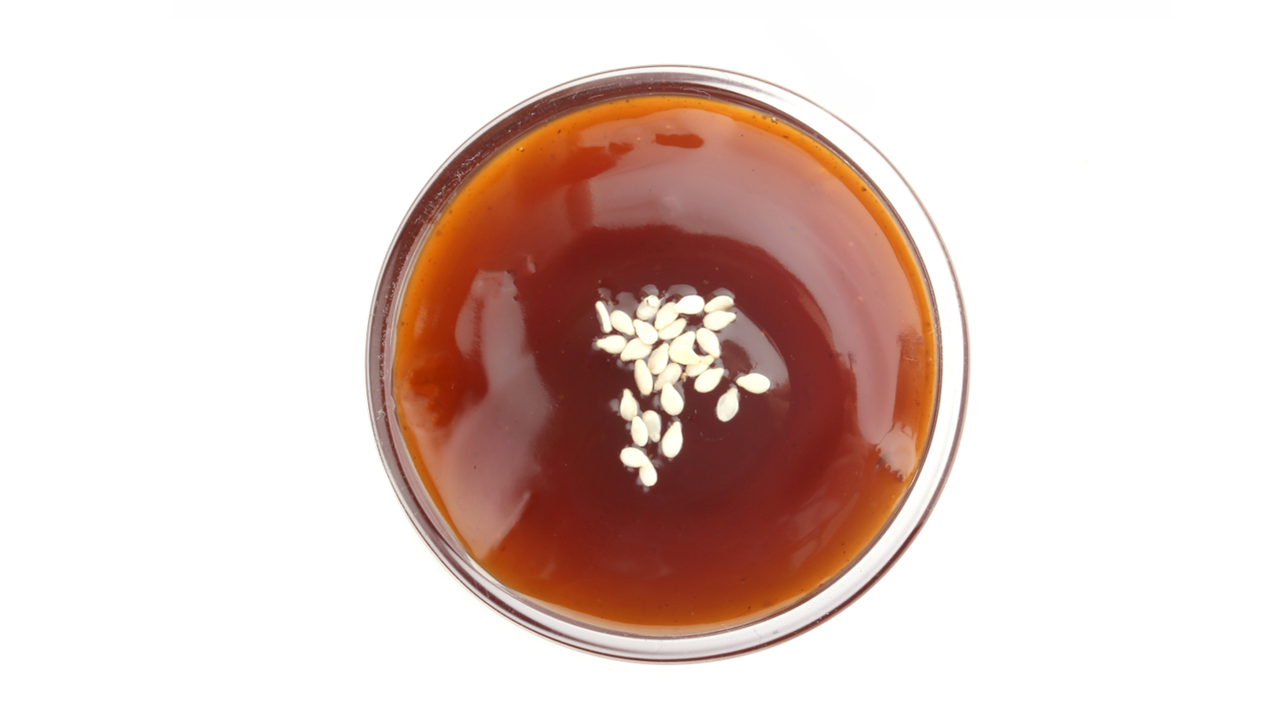Allergic to Soy? Try These Food Substitutes
 By: by Amino Science
By: by Amino Science

You don’t tend to realize that soy is everywhere until you’ve identified soy as the culprit behind your uncomfortable allergy symptoms. Let’s learn a bit more about what’s causing your soy allergy, as well food substitutes to try when you are allergic to soy.
Why the Soy Reaction?
Soy produced from soybeans contains at least 28 proteins that can trigger an allergic reaction, although most soy allergies are caused by just a few. The immune system views these soy proteins as a threat and stimulates the production of immunoglobulin antibodies (IgE). The next time you eat soy, IgE antibodies send a message to your immune system to release histamine and other chemicals into the bloodstream to fight off the threat. That’s where all the allergy symptoms—runny nose, itchy eyes, hives—come into play.
A soy allergy can also manifest as a delayed food allergy, or food protein-induced enterocolitis (FPIES), that causes symptoms to emerge hours instead of minutes after eating.
Your proclivity for a soy allergy can rest on a few factors.
- Age: Children, particularly infants and toddlers, are more likely to develop a soy allergy, often due to a response to soy-based infant formula.
- Family history: If family members have allergies, whether it’s an allergy to pollen or to food, then your likelihood of developing a soy allergy increases.
- Other allergies: If you have hay fever or are allergic to other foods such as eggs, milk, or other types of beans, then a soy allergy is also more likely.
Soy Allergy Symptoms
The good news is that when soy is the allergen you are unlikely to suffer from a life-threatening or severe allergic reaction (anaphylaxis) as you would with a peanut allergy which requires you to have an epinephrine auto-injector (EpiPen) on hand. Still, the symptoms can be disagreeable and frustrating.
- Rashes or hives
- Eczema
- Tingling in the mouth
- Swelling of the lips, face, or tongue
- Skin redness and flushing
- Wheezing
- Abdominal pain
- Nausea
- Diarrhea
- Vomiting
If you experience more severe symptoms, see a doctor immediately.
- Swelling of the throat
- Difficulty breathing
- Dizziness or fainting
- Increased heart rate
- Shock
- Drastic drop in blood pressure
What to Avoid When You’re Allergic to Soy
Soy is among the Big Eight Allergens, which also include the common food allergens:
- Eggs
- Cow’s milk
- Peanuts
- Tree nuts
- Wheat
- Fish
- Shellfish
It’s also a common ingredient in an abundance of foods. And we’re not just talking about soy sauce or soy milk. Soy can be hanging out in:
- Energy bars and protein bars
- Chocolate
- Meat products
- Baked goods
- Condiments
- Vegetable broth
- Cereal
- Peanut butter
That’s the short list!
If you have a soy allergy, then you'll want to start looking at ingredient lists carefully. Avoid products that say “contains soy” or “may contain soy,” or with labelings like “soya” or “soybeans.” Of course, you will also want to avoid soy products and Asian foods, including:
- Soy milk
- Soy yogurt
- Soy cheese
- Soy margarine
- Soy flour
- Soy nuts
- Soy ice cream
- Soy sprouts
- Miso
- Tempeh
- Tofu
- Natto
- Shoyu
- Soy sauce
- Tamari
- Edamame
- Vegetable oil
- Vegetable gum
- Vegetable broth
- Vegetable starch
Other food labels that call for caution include:
- Artificial flavoring
- Natural flavoring
- Glycine max
- Hydrolyzed vegetable protein (HVP)
- Hydrolyzed plant protein
- Textured vegetable protein (TVP)
- Monodiglyceride
- Monosodium glutamate (MSG)
Soy Food Substitutes
Everyone’s immune system response to soy is different, and you may be able to enjoy certain soy products without triggering an allergic reaction.
Soy lecithin, for example, is a food additive used to prolong shelf life and keep sugar from crystalizing in chocolate. It contains only negligible amounts of soy protein allergens, and may not elicit a response in you. Likewise, soybean oil doesn't contain soy proteins so also may be gentler on your immune system.
Soy sauce contains wheat. If you notice that you have a bad reaction to soy sauce but can eat, say, edamame, then you might be allergic to the wheat...not the soy. A simple skin prick test or other allergy test from an allergist can determine the cause. A soy allergy typically doesn’t exist in a bubble. If you are allergic to soy, there’s a high chance you have other allergies as well, especially from members of the legume family!
You can reduce your consumption of soy with the following substitutes.
- Soy sauce: Trade in the soy sauce for coconut aminos, olive brine, balsamic vinegar, or soy-free miso sauce.
- Soy margarine: First choice is butter (a little can bestow a lot of health benefits!) but if you are allergic to dairy or are vegan then try coconut oil or a spreadable like soy-free Earth Balance.
- Soy protein powder: You can get all the protein you need from Amino Co’s soy-free amino acid protein powder, which is also vegan approved!
- Miso (soybean paste): Opt for bean pastes made of rice and other legumes beside soy, like lentils!
- Teriyaki sauce: Soy is a prime ingredient in teriyaki sauce. You can try a soy-free sweet and sour sauce, or whip up some homemade soy-free teriyaki sauce. Directions below!




 833-264-6620
833-264-6620


















